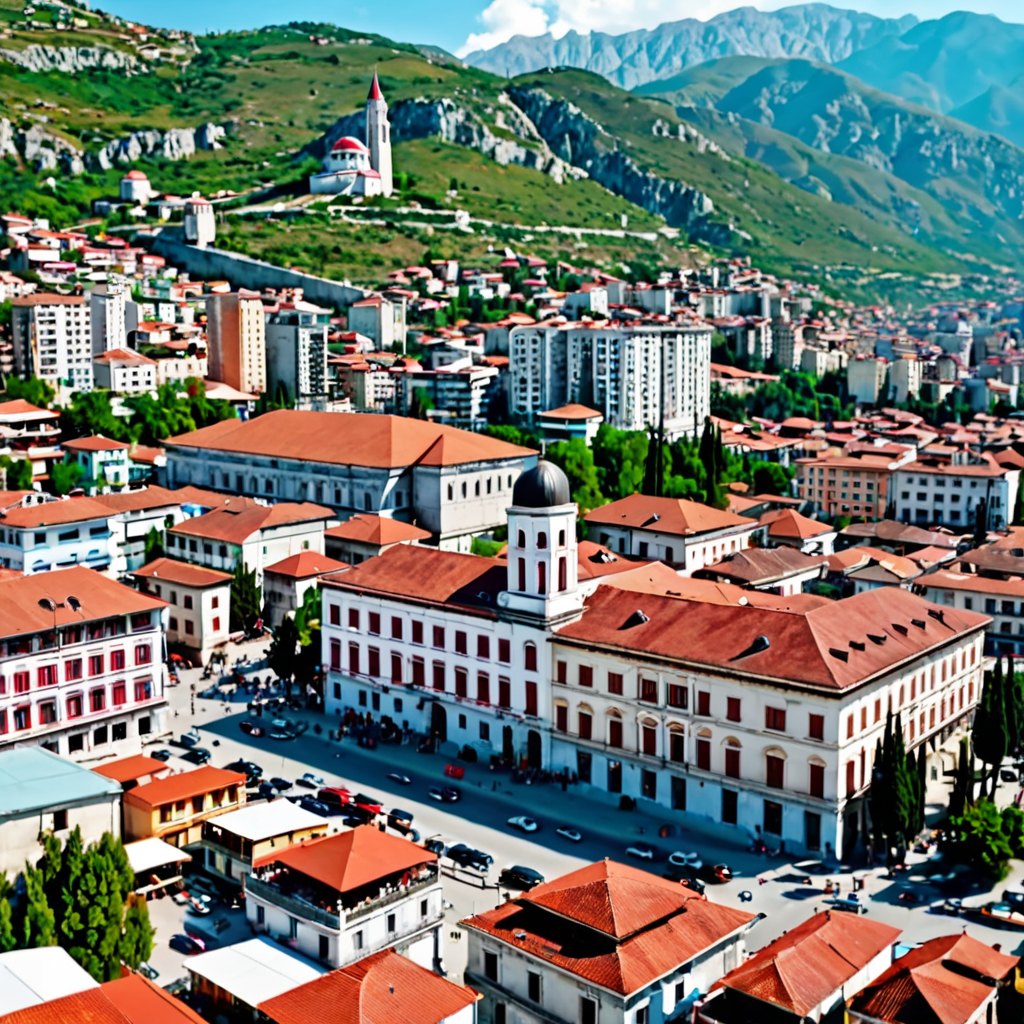Traditional Bahamian Dances and Music
The vibrant culture of the Bahamas is deeply intertwined with its rich and diverse dance and music traditions. These expressions of Bahamian heritage have evolved over centuries, influenced by African, European, and Caribbean roots to create a unique and captivating blend.
I. History and Origins
The origins of Bahamian dance and music can be traced back to the arrival of African slaves in the 17th century. These enslaved Africans brought with them their own musical and dance traditions, which merged with elements of European and Caribbean cultures to form the foundation of Bahamian artistic expression.
II. Styles of Traditional Bahamian Dances
Traditional Bahamian dances are characterized by their infectious rhythms, vibrant colors, and energetic movements. Some of the most popular dance styles include:
- Junkanoo: A lively and elaborate street parade dance performed during the Christmas season.
- Goombay: A festive carnival dance with African origins, featuring vibrant costumes and playful steps.
- Rake 'n' Scrape: A rhythmic style of dance that incorporates the use of rakes and saws as musical instruments.
- Ring Play: A communal dance form where participants form a circle and sing and dance together.
- Quadrille: A formal ballroom dance introduced by European settlers, featuring intricate footwork and elegant costumes.
V. Junkanoo: The National Dance
Junkanoo is the national dance of the Bahamas, a vibrant and elaborate street parade dance performed during the Christmas season. Participants don colorful and intricate costumes adorned with beads, feathers, and sequined fabrics, while moving to the infectious rhythms of drums, cowbells, and whistles. Junkanoo processions fill the streets with energy and excitement, showcasing the creativity and cultural pride of the Bahamian people.
VI. Goombay: A Festive Carnival Dance
Goombay is a festive carnival dance with African origins, characterized by its playful steps and vibrant costumes. Performers wear colorful skirts and headpieces, and move to the rhythms of drums, cowbells, and brass instruments. Goombay is a popular dance during festivals and celebrations, creating a lively and engaging atmosphere that captivates audiences with its infectious energy and joyful spirit.
VII. Rake 'n' Scrape: A Rhythmic Style
Rake 'n' Scrape is a rhythmic style of dance that incorporates the use of rakes and saws as musical instruments. Performers use these tools to create a unique and lively beat, complemented by the sounds of drums and vocals. Rake 'n' Scrape originated in the fishing communities of the Bahamas, where locals would use rakes and saws to create music for celebrations and gatherings. Today, it remains a popular and distinctive dance style that showcases the ingenuity and creativity of Bahamian musicians.
VIII. Ring Play: A Communal Dance
Ring Play is a communal dance form where participants form a circle and sing and dance together. The dance typically involves simple steps and call-and-response vocals, creating a sense of unity and camaraderie. Ring Play is often performed at social gatherings, church events, and cultural festivals, fostering a strong sense of community and shared heritage among participants.
IX. Quadrille: A Formal Ballroom Dance
Quadrille is a formal ballroom dance introduced by European settlers, featuring intricate footwork and elegant costumes. The dance is typically performed by four couples, who move through a series of set patterns and steps. Quadrille showcases the influence of European culture on Bahamian dance, adding a touch of sophistication and elegance to the vibrant tapestry of Bahamian artistic expression.
X. The Impact of Tourism on Bahamian Dances and Music
The development of the tourism industry in the Bahamas has significantly impacted the preservation and promotion of traditional Bahamian dances and music. Hotels, resorts, and cultural centers feature these art forms as a way to entertain visitors and showcase the unique heritage of the country. This exposure has helped to popularize Bahamian dances and music both domestically and internationally, fostering a greater appreciation for the cultural wealth of the islands.
Frequently Asked Questions
Q: What is the most popular style of Bahamian dance?
A: Junkanoo is the national dance of the Bahamas and is considered the most popular style of dance in the country.
Q: What are the main instruments used in Bahamian music?
A: Drums, cowbells, whistles, and brass instruments are commonly used in Bahamian music, particularly in Junkanoo and Goombay dances.
Q: What is the significance of Ring Play in Bahamian culture?
A: Ring Play is a communal dance form that fosters a sense of unity and camaraderie among participants, and is often performed at social gatherings, church events, and cultural festivals.


